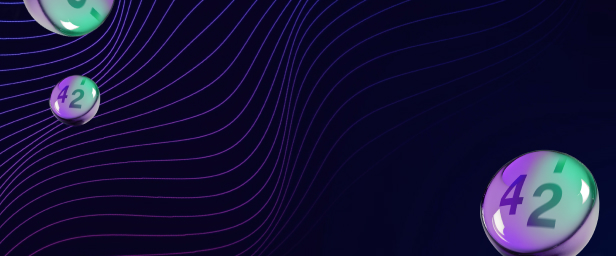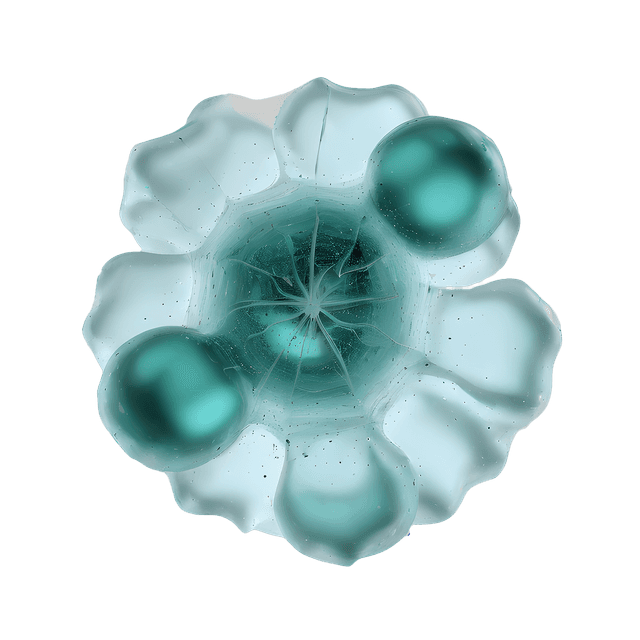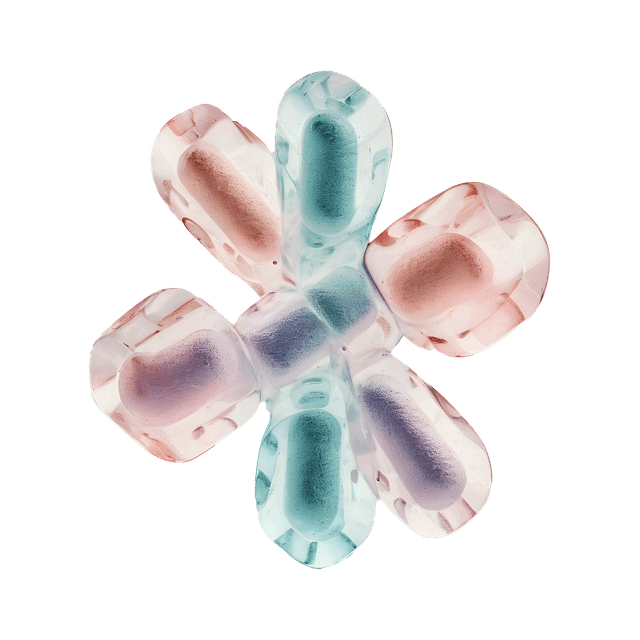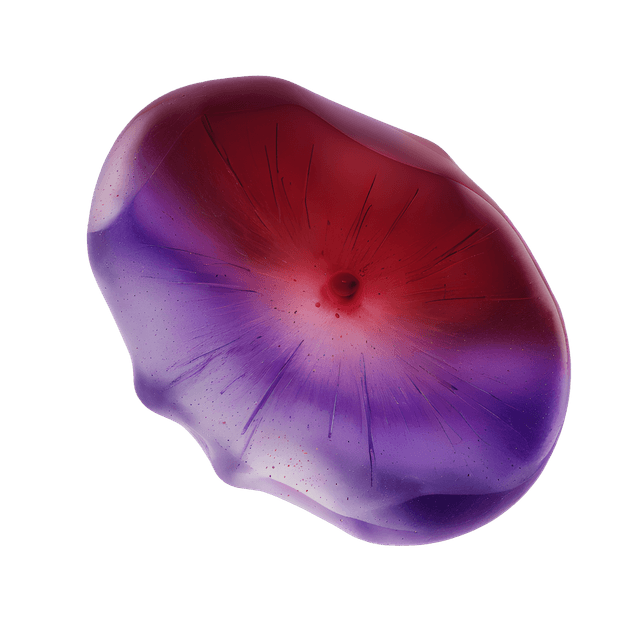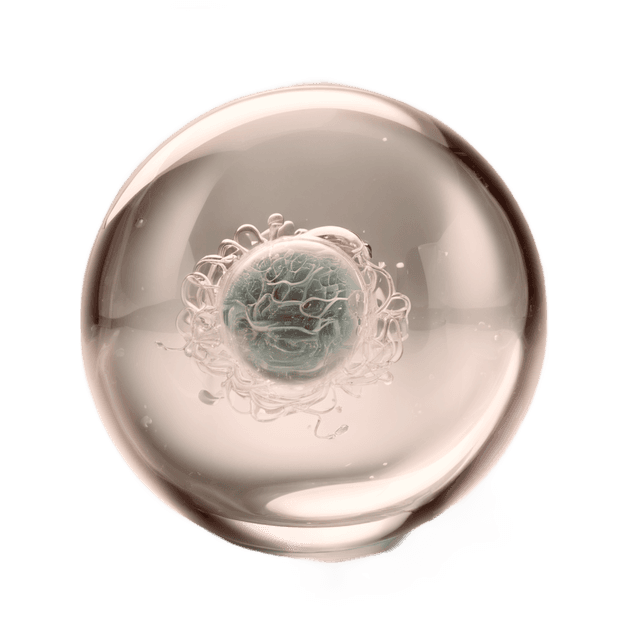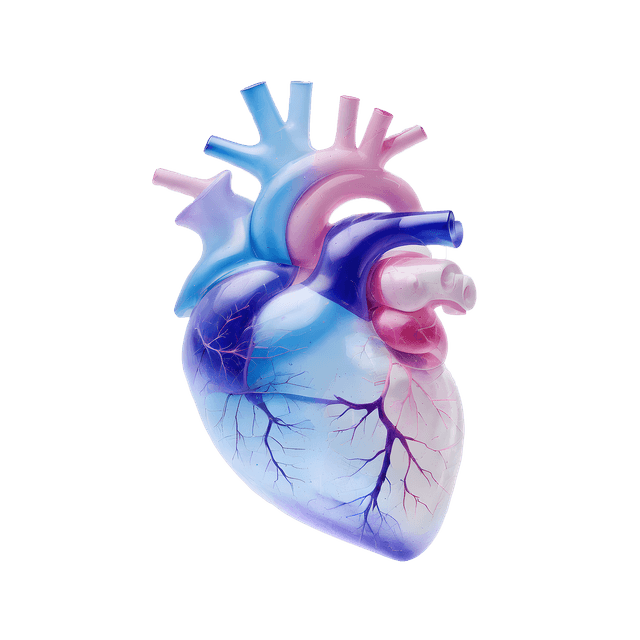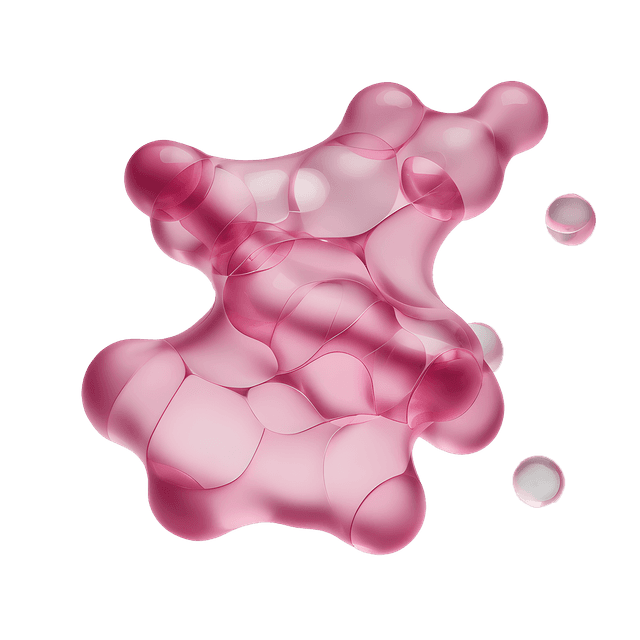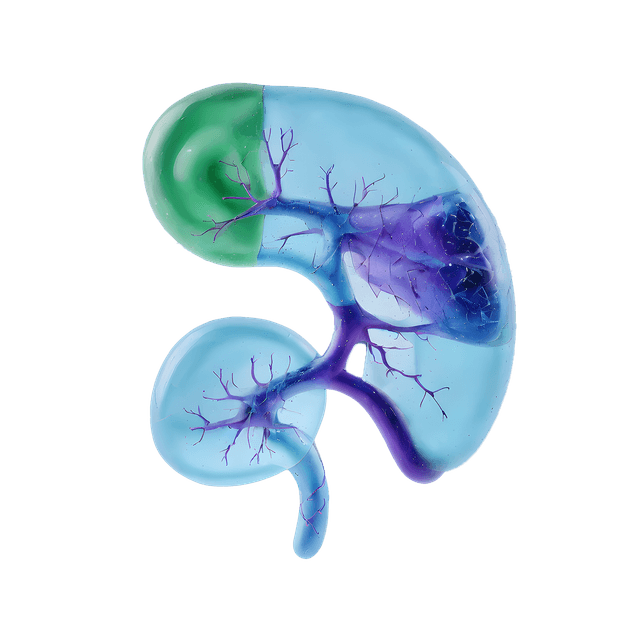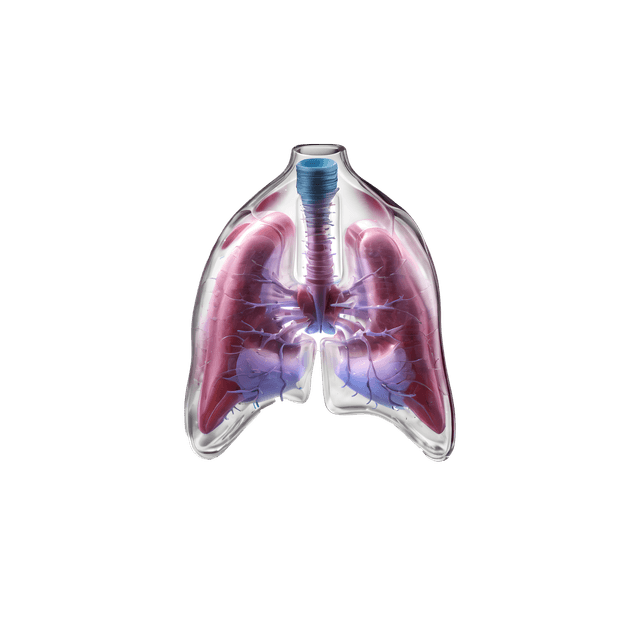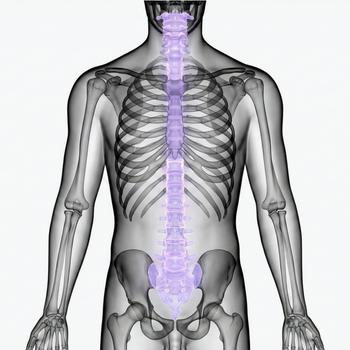Quick version
The spine is a vital structure that supports the body, enables movement, and serves as protection for the spinal cord and nerves. Back problems are common, but with good posture and physical activity, you can help prevent issues.
- Consists of 33 vertebrae
- Protects the spinal cord
- Provides stability and allows mobility
- The vertebrae are separated by intervertebral discs that provide shock absorption
- Herniated discs and osteoarthritis are common spinal problems
What is the spine?
The spine consists of 33 vertebrae divided into cervical, thoracic, lumbar, sacral, and coccygeal segments. The vertebral column forms natural curves that help distribute load and absorb shocks when we stand, walk, and run. Inside the spine runs the spinal cord, which is part of the central nervous system. The spinal cord is crucial for transmitting signals between the brain and the rest of the body.
Anatomy of the spine
The vertebrae of the spine are separated by intervertebral discs, which function as the body’s shock absorbers. The vertebrae are held together by ligaments and supported by strong muscles that enable us to move and maintain a stable posture.
Function of the spine
The spine supports the body’s entire weight and is essential for allowing movement in different directions. It also protects the spinal cord and serves as an attachment point for muscles and ribs.
Curves of the spine
A healthy spine has four natural curves: cervical lordosis, thoracic kyphosis, lumbar lordosis, and sacral kyphosis. These contribute to the body’s balance and provide shock absorption.
Common conditions and diseases
Pain in the spine can be caused by conditions such as herniated discs, scoliosis, spinal stenosis, osteoarthritis, or muscle tension. Accidents and poor posture are also common causes of spinal problems.
Examination and diagnosis
If you have spine-related problems, a clinical examination is usually performed first. The examination may then be complemented by imaging such as X-ray, MRI, and CT scans, as well as neurological tests to determine the cause of the pain and assess the extent of the injury. We can help you identify the reason for your back pain through a
Relevant symptoms
- Back pain
- Numbness or tingling
- Weakness in arms or legs
- Limited mobility
- Impaired balance
Related conditions and diagnoses
- Herniated disc
- Scoliosis
- Spinal stenosis
- Spinal cord injury
- Spinal osteoarthritis

